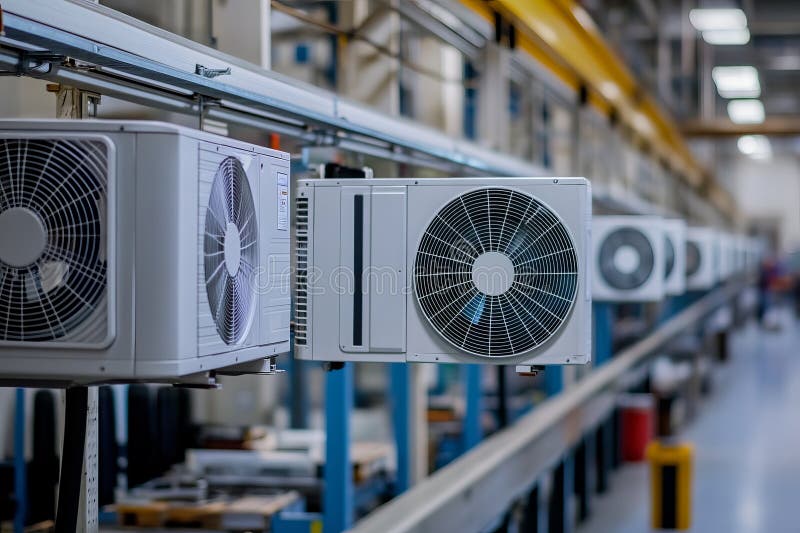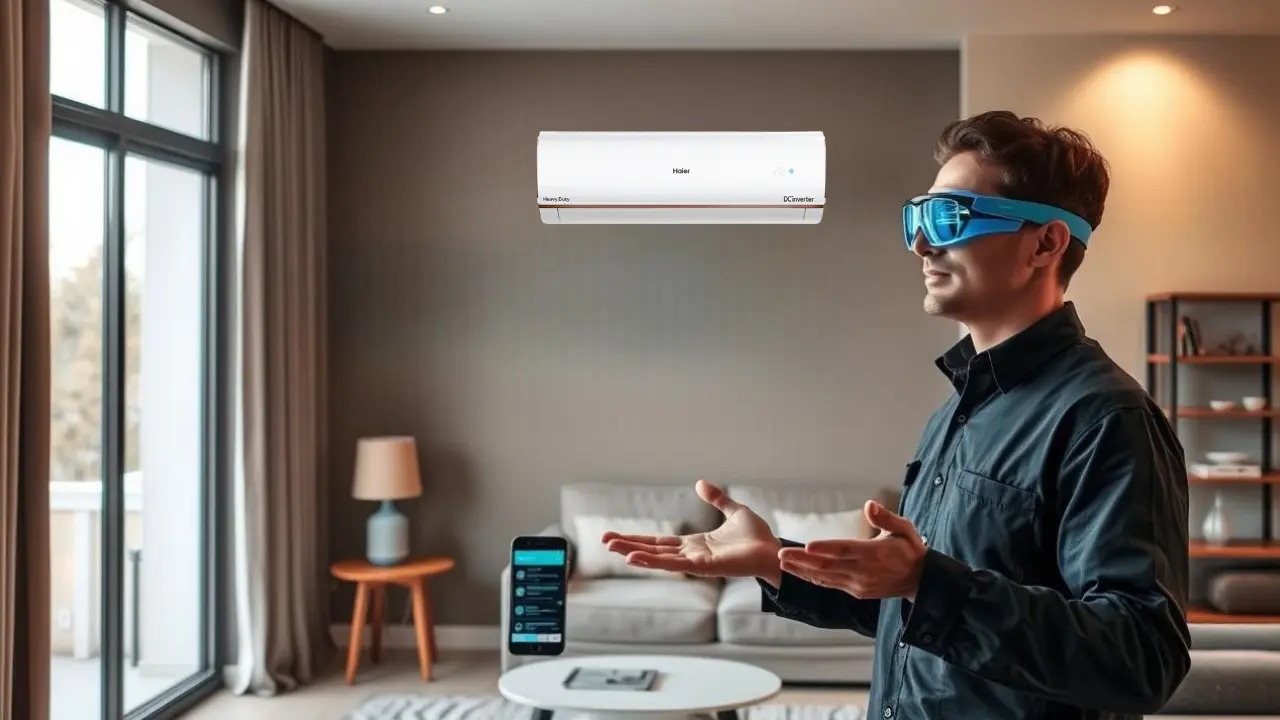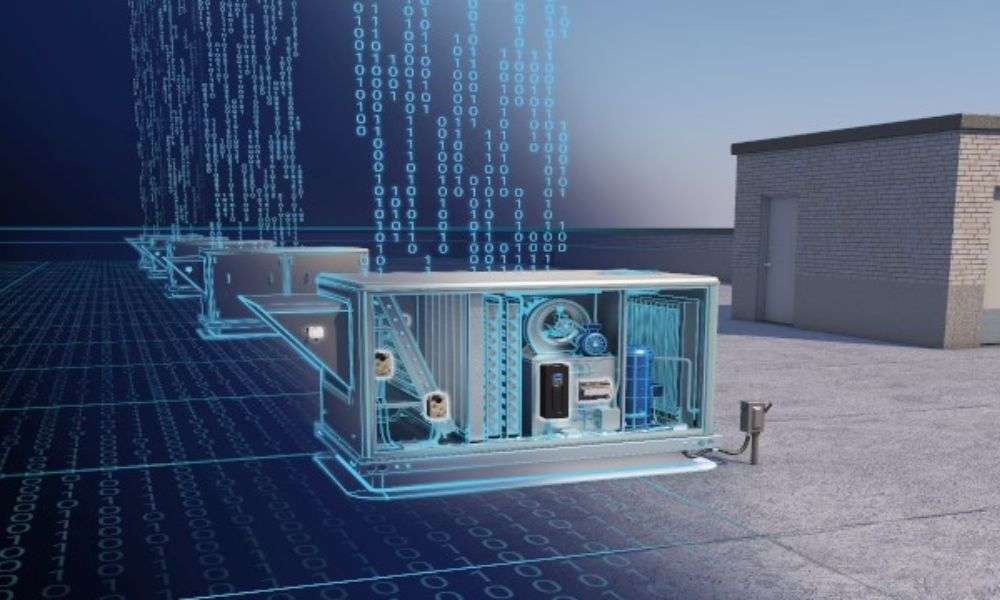In the ever-evolving world of technology, the integration of automation into various industries has become a necessity rather than a luxury. One such industry that has significantly benefited from this technological advancement is heating, ventilation, and air conditioning, commonly known as HVAC. The concept of automated HVAC lifecycle management is transforming how we manage these systems, ensuring efficiency, cost-effectiveness, and sustainability.

Understanding HVAC Systems
Before delving into automated HVAC lifecycle management, it’s essential to understand what HVAC systems are and why they are crucial. HVAC systems are responsible for regulating the temperature, humidity, and air quality in residential, commercial, and industrial buildings. They play a vital role in maintaining comfort and safety in indoor environments.
The Components of HVAC Systems
HVAC systems comprise several components, including heating units, ventilation ducts, and air conditioning units. Each component plays a specific role in maintaining the desired indoor climate. For instance, heating units are used to warm up a space, while air conditioning units cool it down. Ventilation ducts, on the other hand, ensure the circulation of fresh air, removing stale air and pollutants.
The Need for Automation in HVAC
Traditional HVAC systems require manual monitoring and adjustments, which can be time-consuming and prone to human error. This is where automated HVAC lifecycle management comes into play. Automation in HVAC systems involves using advanced technologies like artificial intelligence (AI) and the Internet of Things (IoT) to monitor and control these systems with minimal human intervention.
Benefits of Automation
Automation offers several benefits, including:
- Efficiency: Automated systems can optimize energy usage, reducing waste and lowering energy bills.
- Cost-effectiveness: By minimizing manual intervention and energy wastage, automation reduces operational costs.
- Sustainability: Efficient energy usage contributes to environmental sustainability by reducing the carbon footprint.
How Automated HVAC Lifecycle Management Works
Automated HVAC lifecycle management involves several stages, each designed to optimize the performance and longevity of HVAC systems.
Installation and Integration
The first step in implementing automated HVAC lifecycle management is the installation and integration of smart technologies into existing HVAC systems. This includes sensors, controllers, and software solutions that enable automation.
Real-Time Monitoring
Once integrated, the system continuously monitors various parameters, such as temperature, humidity, and energy consumption. Real-time data is collected and analyzed to ensure optimal performance. This is crucial for identifying potential issues before they escalate. For more insights, you can explore our article on real-time anomaly alerts.
Predictive Maintenance
One of the key features of automated systems is predictive maintenance. By analyzing data trends, the system can predict when maintenance is required, preventing unexpected breakdowns and extending the system’s lifespan. Learn more about this in our automated refrigerant detection guide.
Energy Optimization
Energy optimization is a significant aspect of automated HVAC lifecycle management. The system adjusts settings based on real-time data to ensure energy is used efficiently. This not only reduces costs but also supports environmental sustainability. For an in-depth analysis, check out our article on HVAC energy usage patterns.
Challenges and Solutions in Automated HVAC Management
While automation offers numerous benefits, it also presents certain challenges. Understanding these challenges and their solutions is crucial for successful implementation.
Integration with Existing Systems
One of the primary challenges is integrating new technologies with existing HVAC systems. This requires careful planning and execution. Working with experienced technicians who understand both traditional and modern HVAC systems is essential. You can explore the tools used by technicians in our technician tools guide.
Data Security and Privacy
With the increased use of IoT devices, data security and privacy have become significant concerns. Ensuring robust security measures and adhering to privacy regulations is vital to protect sensitive information.
The Future of Automated HVAC Systems
The future of automated HVAC lifecycle management looks promising, with ongoing advancements in technology. Innovations like AI-powered reports are set to further enhance system efficiency and user experience. For more on this, visit our article on AI-powered HVAC reports.
Conclusion
In conclusion, automated HVAC lifecycle management is revolutionizing the way we manage heating, ventilation, and air conditioning systems. By embracing automation, we can achieve greater efficiency, cost-effectiveness, and sustainability. As technology continues to evolve, the potential for further innovation in HVAC management is immense, promising a future where comfort and efficiency go hand in hand.

FAQ Section
What is automated HVAC lifecycle management?
Automated HVAC lifecycle management refers to the use of advanced technologies to monitor and control HVAC systems efficiently throughout their lifecycle, from installation to maintenance and optimization.
Why is automation important in HVAC systems?
Automation is important because it enhances the efficiency, cost-effectiveness, and sustainability of HVAC systems. It reduces the need for manual intervention and helps in energy optimization.
What are the challenges in implementing automated HVAC systems?
Challenges include integrating new technologies with existing systems, ensuring data security, and protecting user privacy. These can be addressed with careful planning and robust security measures.
For further reading on the innovations in HVAC management, check out this external resource.
This article contains affiliate links. We may earn a commission at no extra cost to you.
